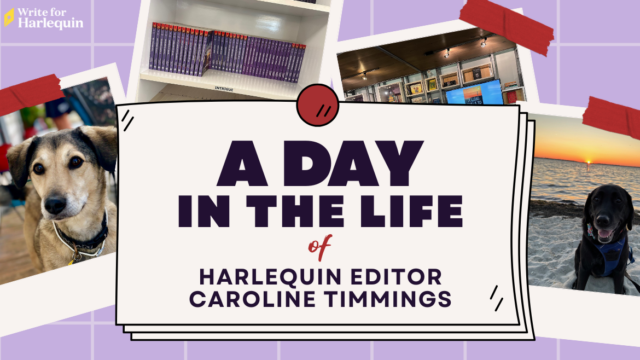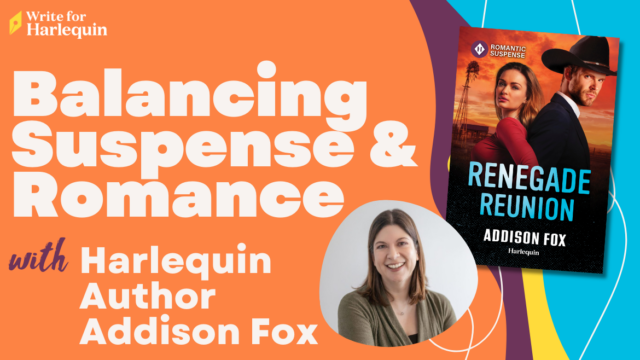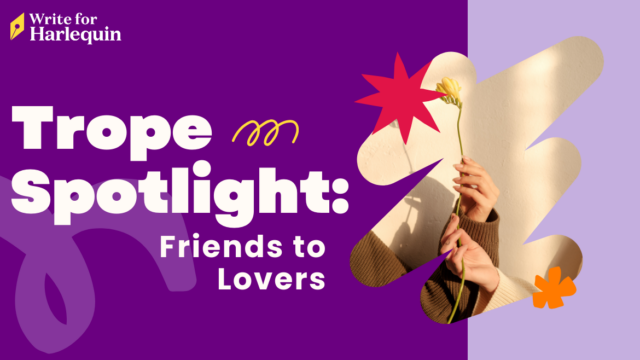This week on Advice From The Archives we’ve uncovered a fantastic post by Harlequin Romance author, Nikki Logan! This gem comes from the New Voices competition in 2011. Enjoy! 🙂
Hello! I’m Nikki Logan and I write for Harlequin Romance. I got London’s attention with the first category romance I’d ever written and I think it was because I was writing it just for me with no thought of ever selling it. I’ve created addicted, disfigured, agoraphobic, triumphant heroines and adulterous, infertile, abused, traumatized, to-die-for heroes. I’ve dragged them out of the more typical settings and plonked them into extraordinary and wild places. I’ve taken risk after risk on the page with character, setting and story arc.
If I’m not holding my breath, why would a reader?
Thinking outside the box!
No one sits down to write a book just like all the others out there. Deep inside we all want to write a story that is ground-breaking, rule-breaking, heart-breaking. It’s easy to want that. It’s much harder to do it.
Why?
First, you’re writing romance, a genre that has some structural musts: Heroine-led, strong internal conflict and an optimistic ending.
Second, you’re targeting a line that has evolving guidelines which will ensure your story delivers the Harlequin Mills & Boon promise. Without incorporating these, your story may not sell.
But with only these your story definitely won’t shine.
Step One – Write the story you’d like to read.
With all that stacked up against you it can seem impossible to pen a story that feels fresh and exciting. If you’re sitting out there longing for bendier conventions, or crunchier storylines, or themes that are real-world because you have a particular story you’d really like to tell, then…do it. The line guidelines are a foundation to be built on not a straight-jacket to constrain your creativity. Harlequin editors are hungry for envelope pushers.
Step Two – It doesn’t hurt to write the story the editorial team is looking for, either.
What does it take to get an editor’s attention? A well-executed and engaging story with a cutting-edge element that delivers the line’s promise in a way that is fresh.
Pfff, is that all?
Heh, don’t panic. I’m going to focus on writing outside-the-box because it’s what I like to read and write. I like characters who have lived with, or have to face, real-world issues, or who live real-world lives. The quirkier the better. The more flawed the better.
Step Three – Cliché-busting.
If the world-building is thorough, then any job or setting can form a riveting backdrop against which the romance can unfold. So why roll out the old boss/secretary/office chestnut (for example) when you can choose from any workplace anywhere to create your office romance? He could be some kind of crazy dot.com guru who runs his business out of Starbucks to exploit their free wi-fi and she could be some kind of perfectionist who lost a good job in the GFC and replies to his wanted ad, and cannot get her head around how he made his empire so successful when he seems like such a bum.
Better yet, make her the crazy dot.com entrepreneur and him a fastidious professional with a chip on his shoulder who’s forgotten how to live life. It opens up a world of emotional opportunities with his wounded pride at being retrenched and with some kind of loss in her past that she’s masking with this crazy/whacky behavior. And it flips all the conventions on their head.
See the kind of organic stories that evolve when you just pick those two people up and throw them into Starbucks?
Or the ocean. Or a field. Or a…hot air balloon…
It’s still the super-popular office romance trope, but it’s fresh and new and intriguing to read.
Step Four – Fantasy still rules.
There does still need to be the fantasy element. Try to weave the magic moments seamlessly and organically through the real stuff. It has to work for the story or it’s going to scream “token”. And preferably it will work for the story in different ways.
In Friends to Forever, I threw an alcoholic heroine together with a man she’d hurt years before, to save a stranded whale. Not only was that the good old romance adage of “think of the worst thing you can do to your characters and do it” but it meant that the drama of the rescue and Beth’s reunion with Marc took center stage instead of her addiction which could have been overpowering.
Step Five – Stretching yourself and your readers.
I like to challenge myself with each and every book and really test the elasticity of those line conventions and of the willingness of romance readers to immerse themselves into interesting lives. I’ve written a virgin-birth story (tricky), a goth heroine, and a married hero (and boy was that a real challenge for me, personally, keeping them both heroic). My characters have struggled with agoraphobia, OCD, infertility, physical scarring. What a miserable list!
But the key is moderation, a light hand and in giving the characters as much joy in their present, as misery in their past. I’ve had a hero pee in his wetsuit; I’ve locked a heroine in a car with four farting dogs; one hero got himself arrested kicking down the heroine’s door; another woke on the beach to find hundreds of tiny crabs marching over his body; and a third faints at the sight of blood.
All of it organic and serving multiple purposes in the story. Nothing should be off limits if you write it intelligently, credibly and with a balanced hand.
Step Six – Get published!
The sub/pub cycle can so easily become a Catch 22. If you write what you think Editors are buying based on what they’re publishing, then we’ll only ever write (and publish and read) the same types of stories.
So break the mold. Blow them away. Send something new and fresh and brave and credible and seamless. Something you’d be proud to put your name on.
Because – touch wood – you just might!
There you have it, some superb advice from a Romance expert! Be sure to tweet @ReadNikkiLogan or comment below to let us know how you’re thinking outside the box with your story! Happy writing 🙂




